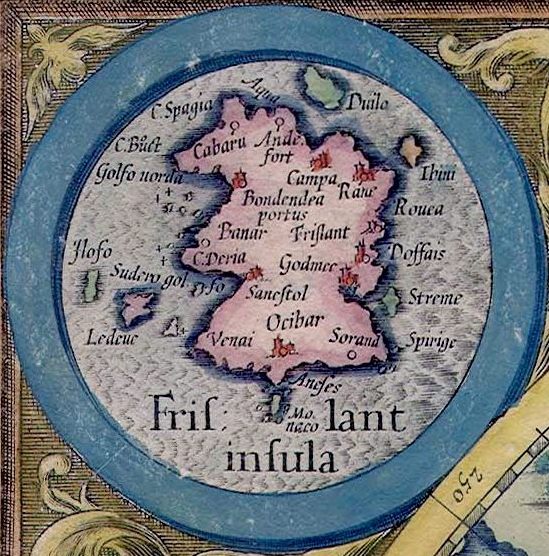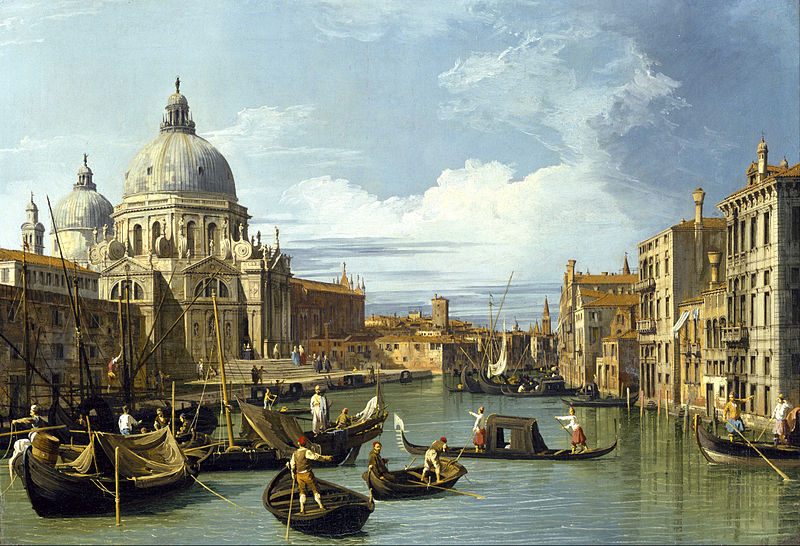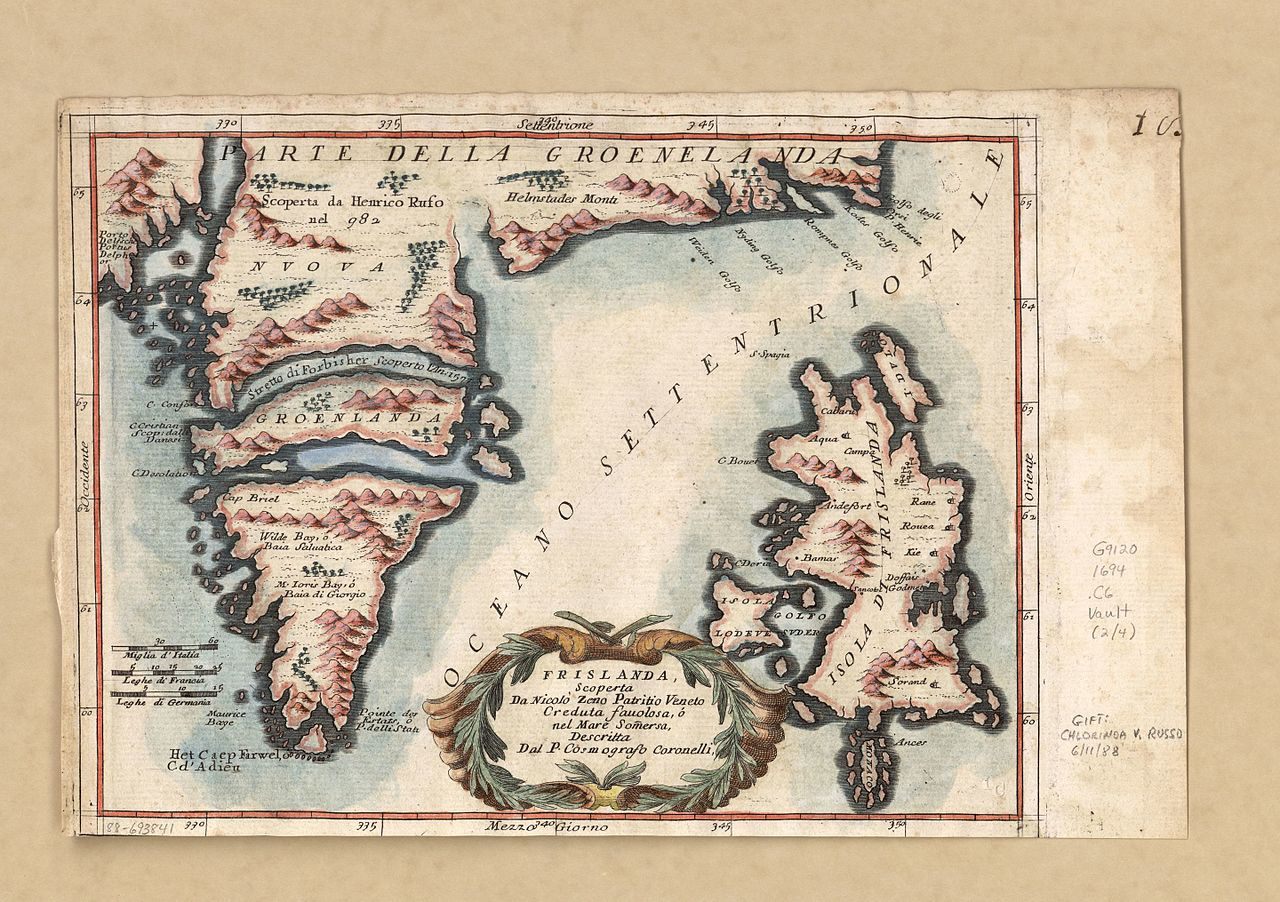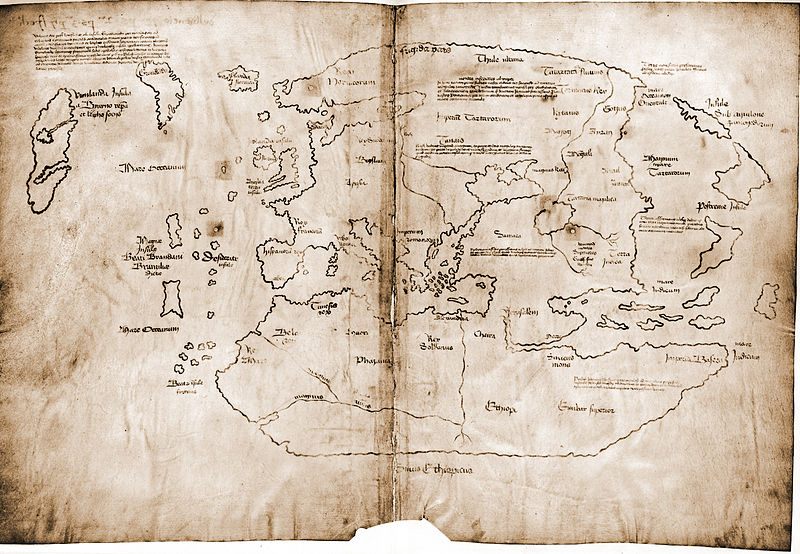How to Put a Fake Island on the Map
Frisland never existed, but for centuries, people wanted to believe that it did.

In 1558, a Venetian named Nicolò Zeno invented an island in the Atlantic Ocean. The rectangular island, dotted with cities with Italian-sounding names like Forlanda and Sorand, rested just south of Iceland, bracketed by Norway to the east and the mysterious Estotiland to the west. Zeno called the island Frisland and claimed that two of his ancestors, Antonio and his brother Nicolò, had discovered the island in the 1380s. Zeno also went one step further, declaring that Venetians had discovered the New World—labeled Estotiland on the map—a full century before Columbus’s Genoa or Vespucci’s Florence could claim the prize.
While Zeno’s relatives were real and most likely did engage in exploration of some sort, Zeno’s tale, outlined in his 1558 book Della Scoprimento and an accompanying map, was fictional. Nevertheless, his fabrication was convincing. Many of his contemporaries validated and reprinted his claims. Even centuries later, the Zeno story resonated. In the mid-19th century, English scholar Richard Henry Major declared the Zeno story an “authentic … genuine, and valuable narrative,” while geologist William Herbert Hobbs ruled in 1951 that the Zeno brothers were “honest and quite competent discoverers.” As late as 1989, Venetian philologist Giorgio Padoan argued that there was no forgery—Venetians had stepped on the New World before any other Europeans.
There’s very little mystery around why Nicolò Zeno would invent this tale of bravery and adventure by his ancestors and namesake. It elevated the Zeno name to new heights and also described a major accomplishment for Venice, which was quickly being eclipsed as a naval power by the growing strength of Spain, France, and England. But why did people believe Zeno’s story of a lost Venetian voyage of exploration? And why did cartographers and geographers continue to insist the island was real well into the 20th century?

The secret is not in Zeno’s book, which, as historian Elizabeth Horodowich has argued, blends history and fantasy much like other 16th-century travelogues. It certainly reads like fiction, and a particularly hackneyed iteration at that.
Zeno claimed that when he was only a boy, he stumbled upon a treasure trove of letters written between his 14th-century ancestors. The letters, he explained in Italian, were lost when Zeno himself ripped them to shreds. “Being still a boy when they came into my hands, and not understanding what they were,” Nicolò wrote, “I tore them in pieces and destroyed them, as boys will do.” As an adult, he realized the value of the letters and attempted to reconstruct the story for his book.
The hero of Zeno’s narrative is his namesake, Nicolò the Elder. According to Della Scoprimento, in the 1380s, Nicolò led a fleet of Venetians into the North Atlantic where they were shipwrecked on the island of Frisland. Here they found a Latin-speaking prince named Zichmni who was “overjoyed” to learn they were from Italy, as the peninsula’s reputation had spread even to the remotest corners of the known world. The Venetians were instantly accepted by the Frislanders, who, according to Zeno, had “little experience” at seafaring despite being surrounded by ocean. Nicolò the Elder continued to impress the Frislanders with his brilliance, and Prince Zichmni knighted the Venetian for his “great industriousness and genius.”

It was not Nicolò the Elder who discovered the New World, however. That privilege went to his brother Antonio, who heard tales of “a very large country, like a new world,” supposedly called Estotiland––identified today as Newfoundland or Labrador. It was filled with strange people. “They all go naked,” Nicolò the Younger reported, “and suffer cruelly from the cold; nor have they learned how to cover themselves with the skins of the beasts which they take in hunting.” The text described how the mysterious people made bow strings from the skins of animals, ignoring the irony that the same people were supposedly too ignorant to wear animal skins in near-Arctic temperatures. Zeno ended the description of this new land by claiming that the people “fight together to the death, and eat one another.”
The story was familiar to 16th-century readers of travel narratives—in fact, it might have been a little too familiar. Christopher Columbus’s 1493 description of his first voyage mentioned the New World locals’ lack of clothes, and he also described “ferocious” people who “eat human flesh.” Amerigo Vespucci’s Mundus Novus, first published in 1503, similarly told of naked people who “eat each other, even those who are slain, and hang the flesh of them in the smoke.” Columbus and Vespucci clearly embellished their own accounts to appeal to European readers, and Zeno the Younger did the same thing—he borrowed heavily from these stories to create his “14th-century” description of the New World, awkwardly transferring stories that were allegedly about the Caribbean to the Arctic.
This was self-promotion at its finest. Nicolò Zeno even included a family tree in his 1558 book, which went back 15 generations, along with a history of his family from 1200 to the 16th century. And Zeno was extremely successful. Not only was the Zeno name cemented in history for over five centuries, but sailors began to spot the invented Frisland on their voyages––whether from wishful thinking or a case of mistaken identity. For example, the English navigator Martin Frobisher confused Greenland with Frisland in 1576 as he looked for the Northwest Passage. In 1580, Queen Elizabeth’s advisor John Dee preemptively claimed the imaginary island for England. Frisland began to appear on dozens of maps, including the 1569 world map by Gerhard Mercator and the 1570 world map Abraham Ortelius.

Zeno’s map provided additional support for his story. It was drawn in the style of mid-16th century Venetian print maps, and the map made Frisland real by using scientific verisimilitude. In his book, Zeno claimed the map dated back to the 1390s, but its sources are clearly from the 16th century. The two most important sources were mapmakers who were active in Venice during Zeno’s lifetime: the Swede Olaus Magnus and the Paduan Benedetto Bordone. Both published maps of the North Atlantic in the decades before Zeno’s appeared. Magnus’s 1539 Carta Marina served as the template for Zeno’s depiction of Scandinavia and many islands of the Atlantic. Bordone’s Isolario of 1528 not only provided images of North Atlantic islands, but it also contained descriptions of Vespucci’s voyage and the island of Hispaniola, which served as a template for Zeno’s picture of the New World inhabitants.
The map packaged Frisland in a recognizable format. It was drawn with lines of latitude and longitude, which made it easily exportable into other maps. This happened almost immediately after Zeno published his book; in 1561, only three years later, Venetian mapmaker Girolamo Ruscelli reproduced Zeno’s entire map.
But even the map can’t fully explain the enduring power of Zeno’s story. By the 19th century, it was clear that Frisland did not actually exist—or at least not where Zeno said it would be found. Instead, scholars in the 19th and 20th centuries tried to identify Frisland with one of the Faroe Islands or Orkney in Scotland.

The answer to Zeno’s enduring success lies not with his works, but with his audience. For centuries, people believed Zeno because they wanted to believe him. That was Zeno’s true stroke of genius. He created a story too tantalizing for people to ignore.
To understand why modern scholars might defend Zeno’s story, look at another case of alleged exploration forgery: the Vinland map. It was a purported 15th-century map first identified in 1957, which supposedly proved the Viking discovery of the New World in the 11th century. Many scholars argue that the Vinland map is a forgery, perhaps because it lacks a compelling element found in the Zeno tale––a centuries-long track record of evidence. The sheer weight of people who believed Zeno over nearly five hundred years makes it tempting to search for nuggets of truth in the story.

The real question, then, is why people believed Zeno in the 16th and 17th centuries. Zeno’s map gave the appearance of truth to his claims, but the English declaration of ownership over Frisland in 1580 reveals the true power of Zeno’s story. Men like John Dee, caught up in a race to carve up a new hemisphere, wanted to believe that the forgery was real, because they benefitted from the lie. Hope, plus a veneer of truth, transformed Frisland into a real island. People believed it was true because it fit with what they wanted to find in the ocean: rich, untouched lands ready for Europeans to exploit.
The truth of Zeno’s success becomes even clearer when comparing the two forgeries he tried to perpetuate. It was not just Frisland that Zeno peddled. It was also a much less successful Venetian claim on the New World. Outside of Venice, Europeans were apparently more willing to buy an undiscovered North Atlantic island than to rewrite the history of the Age of Discovery—especially if that meant a battle with Venetians over territories already disputed between France, England, and Spain. Zeno’s forgery was successful because he packaged it in a dramatic travel narrative that sent others in search of the promised island for centuries––he gave an audience that craved land exactly what they wanted to see.










Follow us on Twitter to get the latest on the world's hidden wonders.
Like us on Facebook to get the latest on the world's hidden wonders.
Follow us on Twitter Like us on Facebook